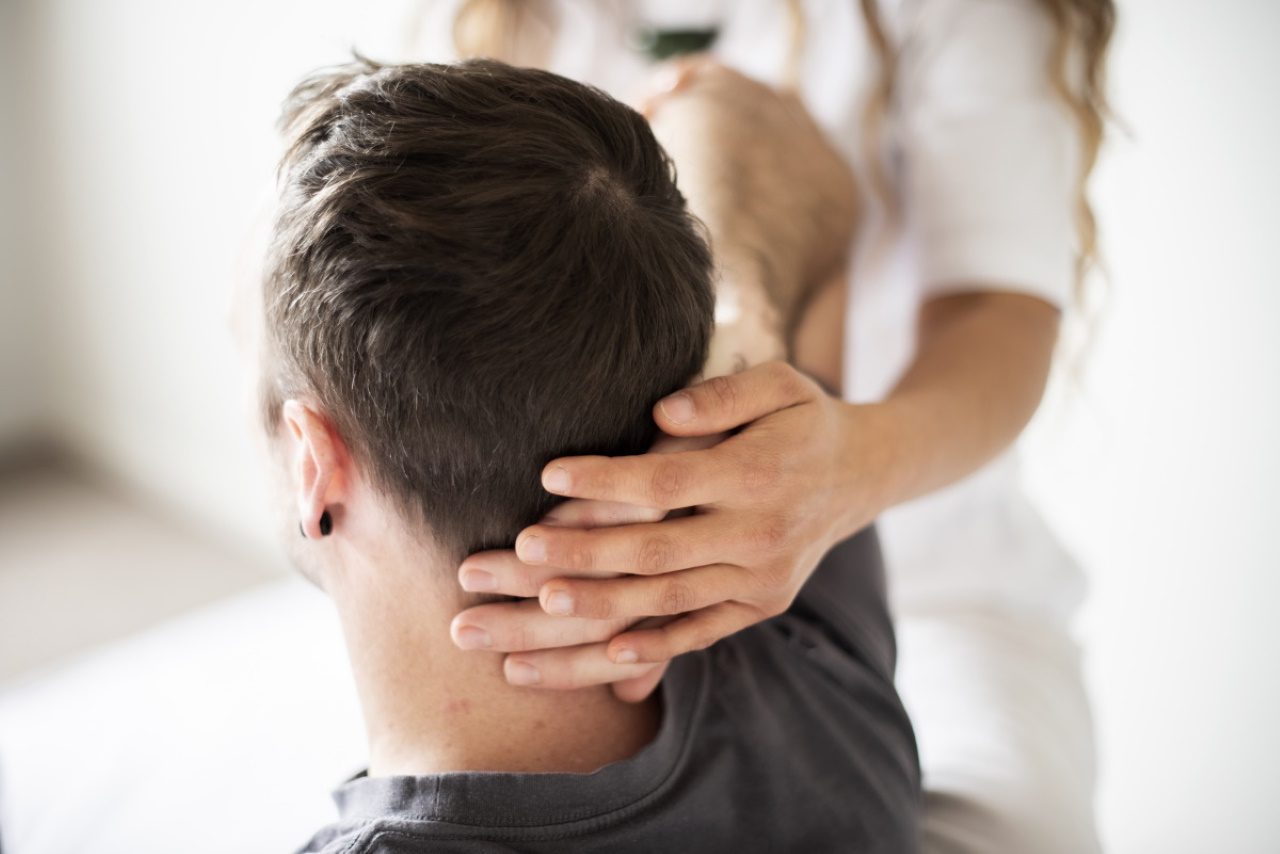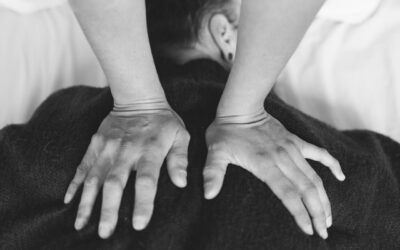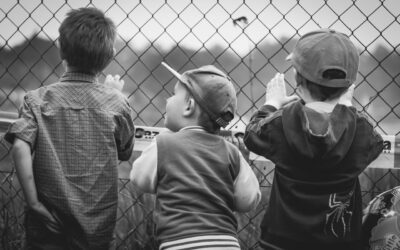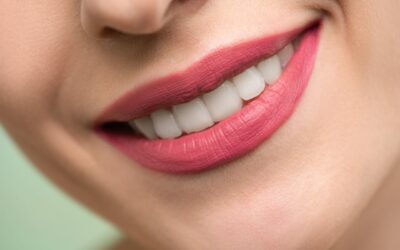What is Shiatsu
Shiatsu is an oriental form of bodywork based on Japanese massage therapy traditions. It was initially developed in Japan from the techniques of anma, a traditional Japanese massage that blind people in its origins practiced.
Shiatsu integrates Chinese medicine theory and Japanese practice with western physiology and anatomy. Shiatsu merges the knowledge of the west of anatomy with anma, ampuku (Japanese abdominal massage), acupressure, and Do-In (Japanese breathing and stretching practices).
Shiatsu massage, which deals with alleviating various physical and emotional ailments by working on pressure points, is the counterpart to the Chinese acupressure method.
The Traditional Chinese Medicine (TCM) System is based on the concept of ‘Chi’ or, in Japanese, ‘Ki,’ energy that flows through the body along various channels called meridians.
The word ‘Shiatsu’ comes from the Japanese words ‘shi,’ which means finger, and ‘atsu,’ which means pressure. The practitioner’s body weight creates this pressure through fingers, thumbs, elbows, forearms, feet, and knees in contact with the recipient’s body.
Shiatsu Principles
As a healing therapy, it is based upon acupuncture principles, focusing on clearing the meridian system of blockages to improve well-being.
Acupressure points, located just under the skin and along the meridians, are tiny energy structures that affect the flow of ki through the body.
When out of balance, ki either stagnates and becomes deflected or accumulates in excess along with one of these channels. Stimulation to these points, sensitive to pressure, can unblock and regulate the ki flow through toning (activating) or sedative (calming) treatment.
Jitsu and Kyo
Shiatsu practitioners have learned to feel excessive (Jitsu) or deficient (Kyo) energy within the meridians as they control the movement of blood and ki in the body.
A point or an area of Kyo energy, which has the qualities of yin, soft, yielding, empty, cold, and resistant, asks to be tonified. Whereas an area or point of Jitsu, with its intricate, tense, yang, out-ward, hot, resilient qualities, wants to be dispersed or sedated where it is in abundance.
These physical qualities of Kjo and Jitsu show the shiatsu practitioner the amount of energy present at a particular point.
Techniques
Shiatsu combines assisted stretching techniques, joint rotation and manipulation, and acupressure to restore ki or energy balance in the body. By applying pressure and stretching techniques, it relieves muscle tension, eases joint stiffness, and realigns the body’s structure.
Within a Shiatsu treatment, the applied pressure may be deep, sensitive, and sustained for time. Stroking, holding, rubbing, heating, and stretching techniques are also used. The entire body, including the front, sides, and back, is mainly incorporated into the treatment, and position changes within the session are common.
Hara
Shiatsu works on the hara, which refers to the abdomen, and belly – the area around and below our navel.
The hara is the center of the ki body, the entrance to our inner ocean of ki or life force. Taoists call the hara ‘the sea of energy.’
Within the martial arts and meditational practices, hara is better known as ‘dan tien.’
Most people are sensitive around the hara area. It is seen and experienced by most as a personal area that is seldom touched. Our physical or energetic body likes to be touched. A powerful hara should be soft and relaxed above the navel and full and firm below it.
Touch through Shiatsu allows us to feel ourselves and be there for one another so that change may arise naturally.
Shiatsu is centering. It is an act of mindfulness, balancing guidance, physical, emotional, and energetic movement with space to listen and create self-awareness.
Learn Shiatsu at the Shiatsu Bodywork Academy – Introduction courses are available






